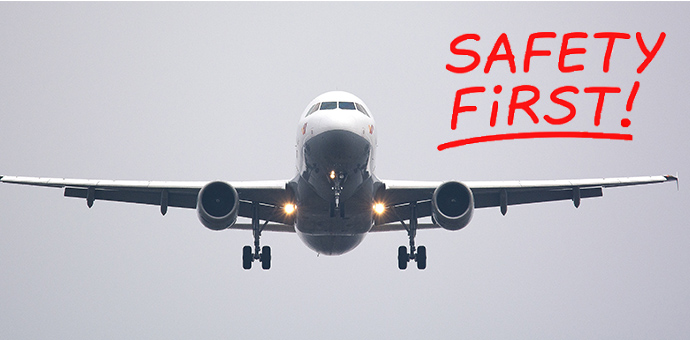Sofema Aviation Services www.sassofia.com considers the major challenges
Introduction
Without a doubt, an Effective Aviation Safety Management System (SMS) provides the industry with a key driver to manage the various elements, which together can support the lowering of the exposure and lead to a reduction of incidents and accidents.
The crux of implementing an effective safety management system (SMS) is not just in defining it, but effectively implementing it throughout the business with everyone acting as a stakeholder and engaging with the organisation’s processes.
Leadership Team
The Accountable Manager (AM) of the organization is ultimately responsible and accountable for Safety.
The AM Must
a) Understand the risk of not having an effective SMS in place for his organization.
b) Understand that SMS is a “top-down” process which needs to be led by the executive & leadership team.
Driven by ICAO, SMS provides an approach that encourages proactive behaviour to identify potential precursors that can support the development of barriers to inhibit potential exposures.
When correctly managed SMS, should create safety awareness among all stakeholders within the aviation system, which should translate into improved safety and efficiency.
Major Challenges
Major Challenges in various jurisdictions include the following:
a) Liability in Law related to the “knowns” within the SMS acceptance of the term As Low As Reasonable Practical “ALARP”;
b) The Skill Set of the Safety Manager is critical – note that an effective SM is not a figurehead – very Senior Captains can look really good but do they have the time to “Walk the Walk” the job of SM requires the ability to be able to manage SMS Data Champion Safety Studies throughout the business. Lead the process for hazard analysis and mitigation proposal;
c) Driving the process for data collection throughout the business – it is essential not just that we gather data which is known but that we encourage the reporting of Data which is in provided on a voluntary basis;
d) Developing a working Hazard Identification – Risk Assessment – Mitigation Recommendation – Performance Assessment follow up process;
e) Developing best practice SMS Culture behaviour educating regarding safety compliance and potential exposure;
f) Developing an “in company” database which contains information regarding exposure and recommended mitigations – the Risk Register should be included in this process;
g) Managing the SMS implementation programme in the strongest and most effective way. Ensure a Just Culture is established and understood with a non-punitive and fully transparent hazard reporting & occurrence organisational system;
h) Safety awareness program must be implemented with specific focus on SMS and its components, training to be available to all persons related to role and responsibilities. Training to be managed at an individual level and made recurrent.
Next Steps
Follow this link to our Library to find & Download related documents for Free.
Sofema Aviation Services & Sofema Online provide classroom, webinar & online training. For additional information please email team@sassofia.com
Tags:
aviation safety, Accountable Manager, SMS, Aviation Safety Management System




